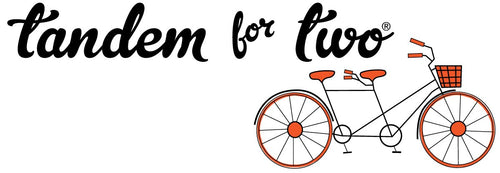Not every opportunity is the right opportunity—and in licensing, choosing the right partner is just as important as creating strong work. When you're aiming for long-term recurring revenue, a great fit with a manufacturer can make or break your success.
So how do you tell the difference between a dream collaboration and a licensing nightmare?
Here’s what to look for:
Green Lights
-
They Understand Your Market: They’re selling in the same stores or to the same customers you design for.
-
Clear Communication: You know who you’re talking to, what they need, and how they plan to use your art.
-
Experience With Artists: They’ve worked with licensed art before and can articulate what they need from you.
-
Transparent Terms: Royalties, exclusivity, and payment timelines are clearly outlined from the start.
-
Collaborative Energy: They want a relationship, not just a transaction. They value your input on art, products, and brand fit.
Red Flags
-
Vague Details: If they can’t clearly explain what they want or when they want it, proceed with caution.
-
Requesting All Rights or “Forever” Terms: That’s not licensing. That’s a sale.
-
Poor Fit: Your art is a complete mismatch with their customer base or existing product line.
-
No Track Record: If they’ve never worked with artists, dig deeper before you sign anything.
-
Dodgy Communication: If they disappear, miss meetings, or ghost mid-pitch, that behavior may continue after the contract.
Remember: Licensing should benefit both parties. If a partner doesn’t value your time, talent, or terms, you’re allowed to walk away.
Trust your instincts—but back them up with questions, references, and research.


